



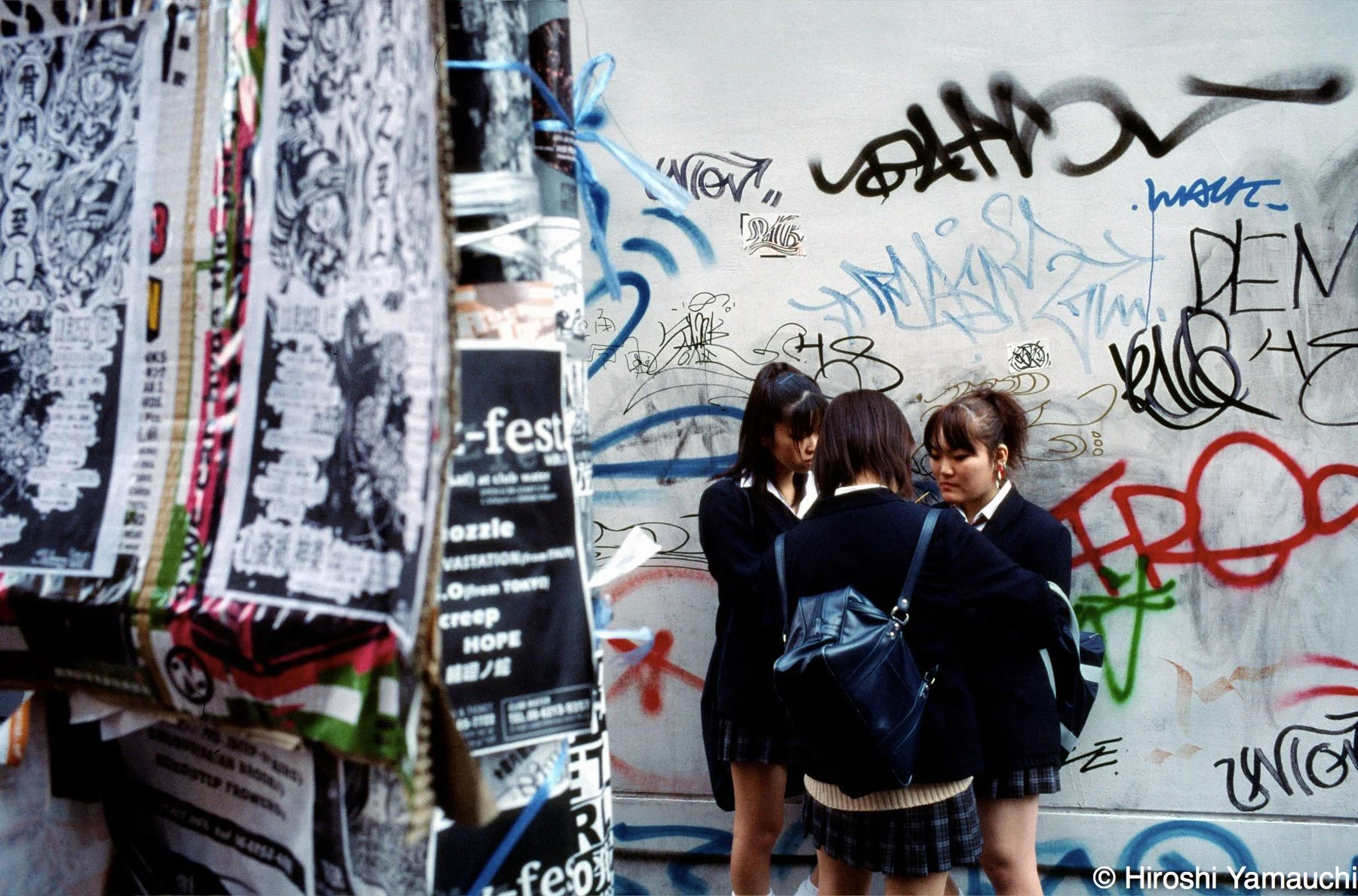



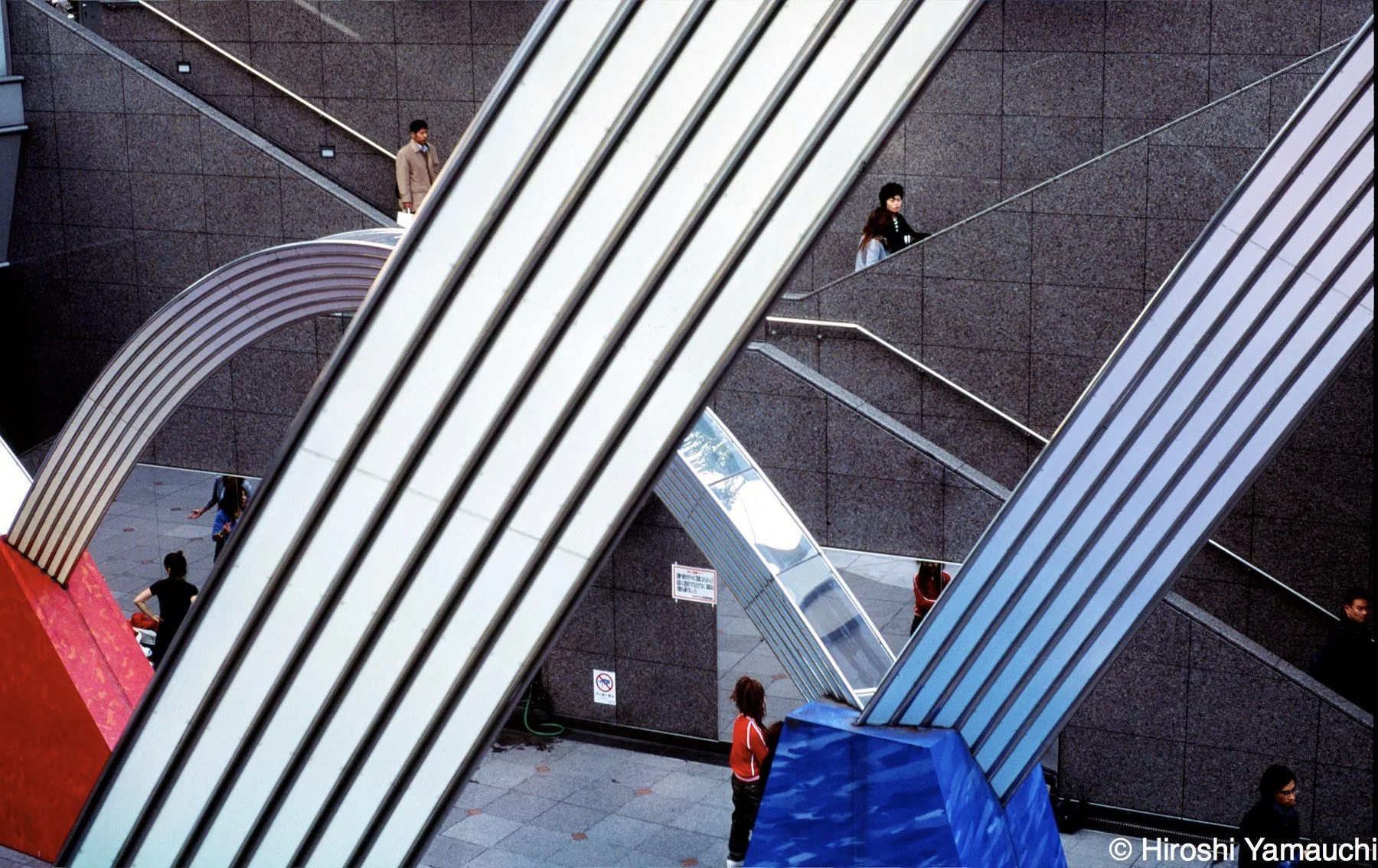








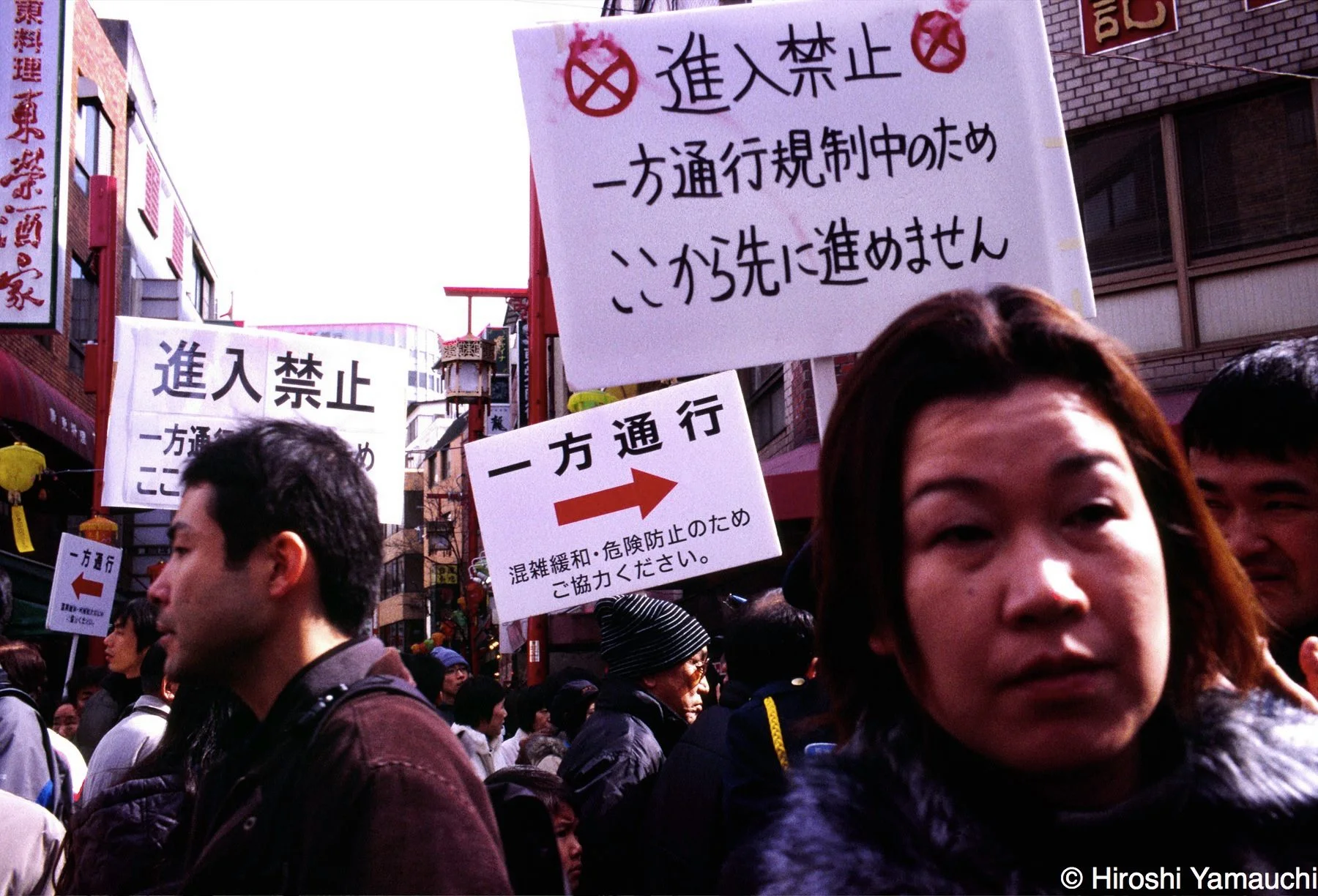
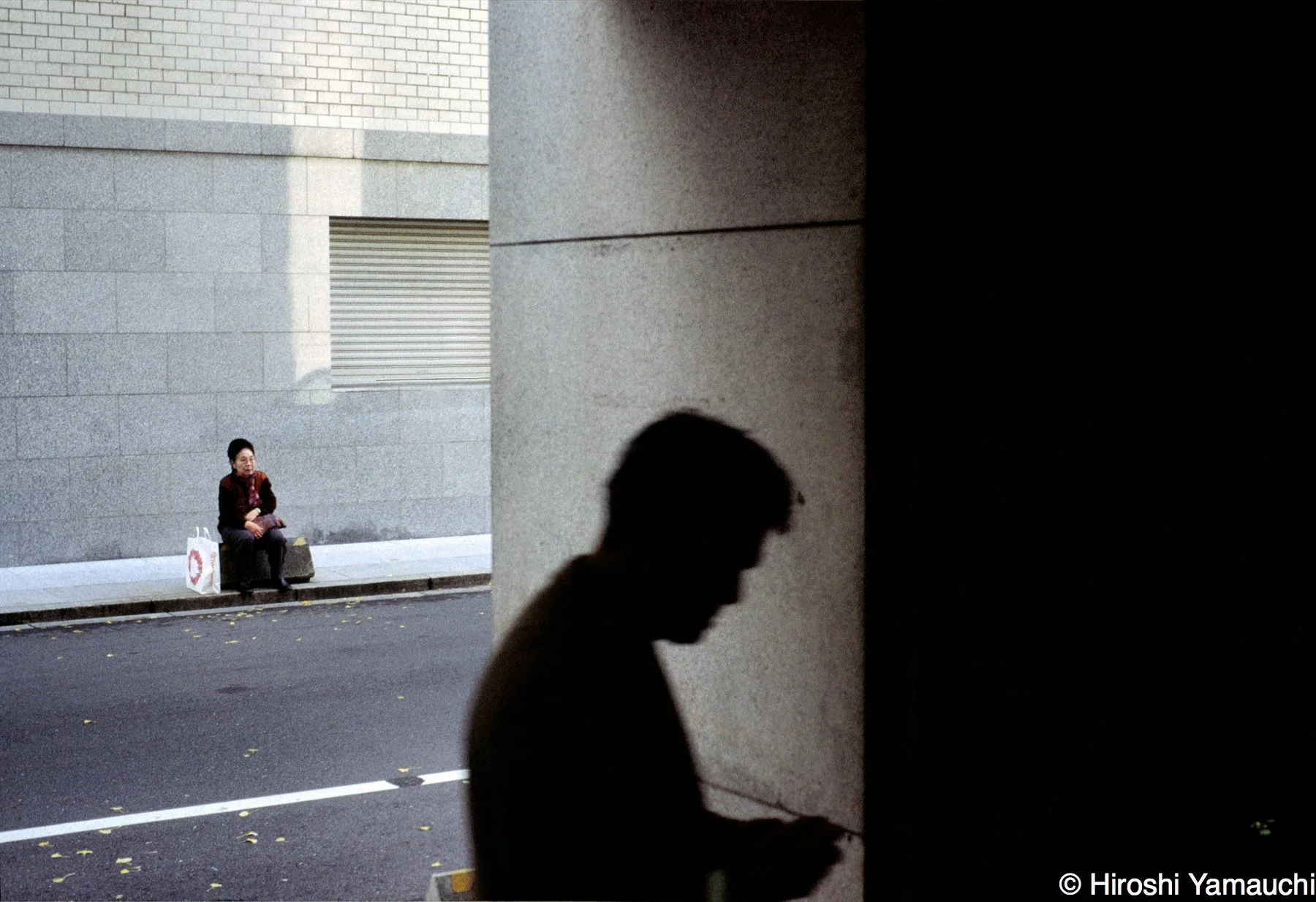


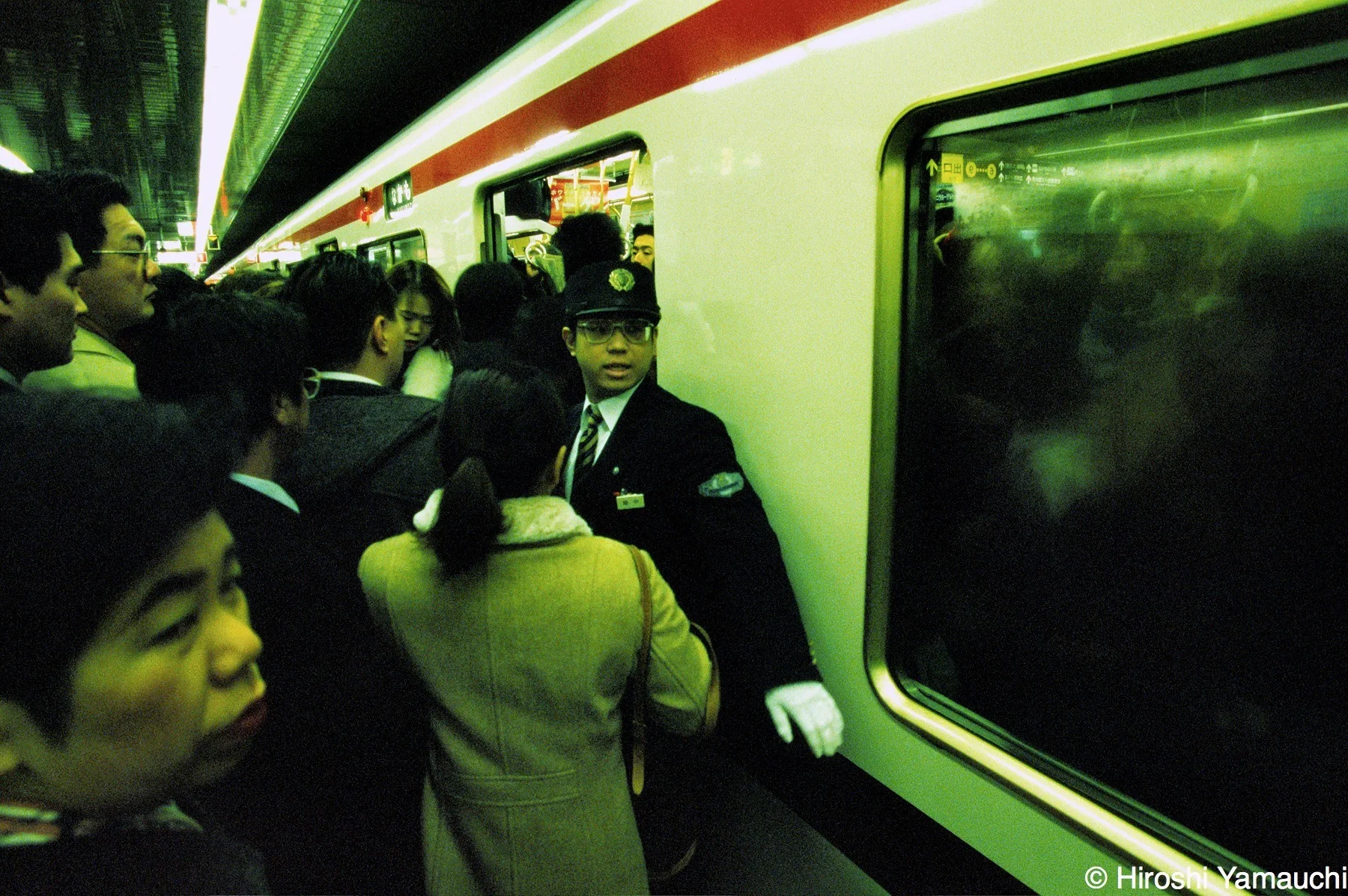
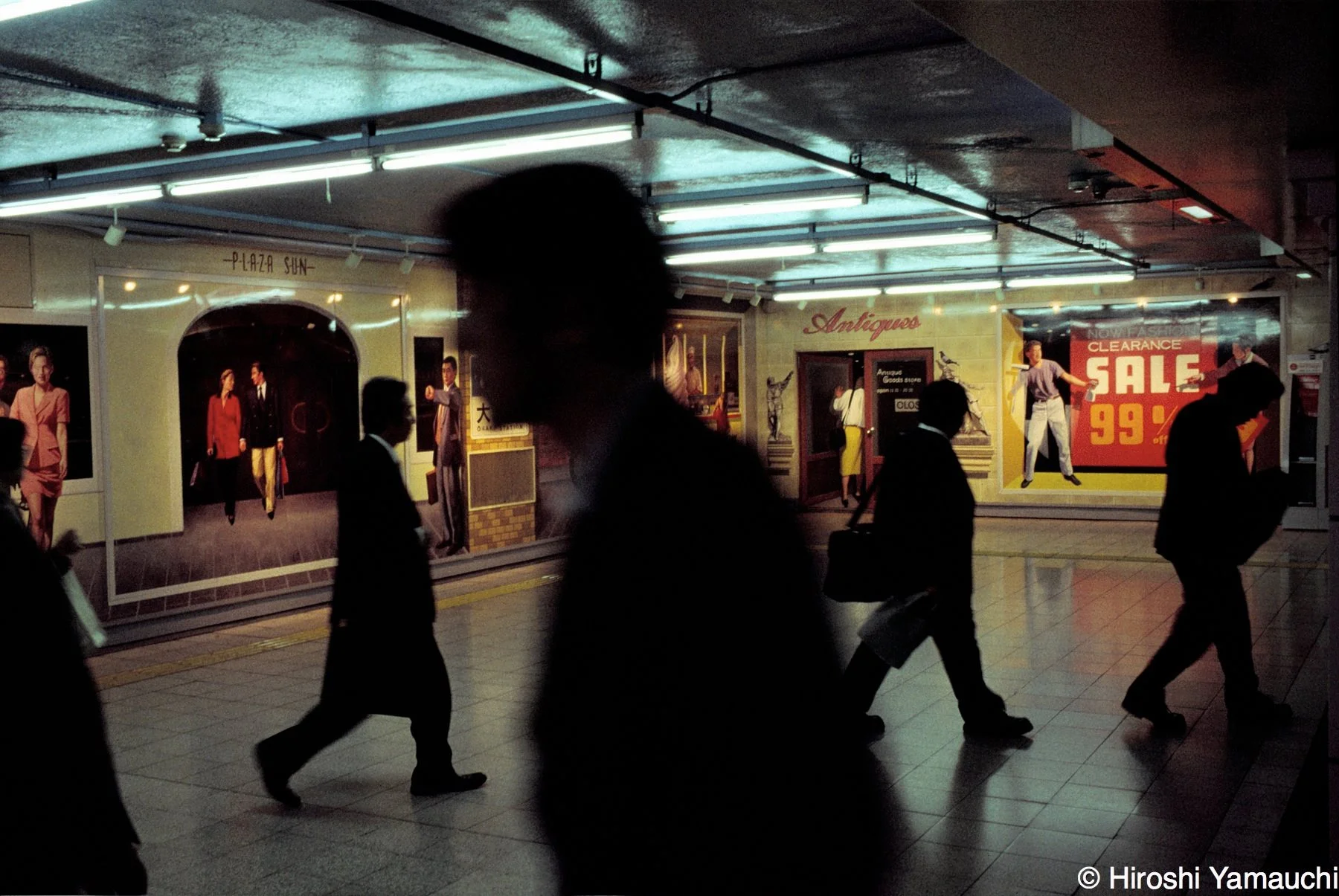
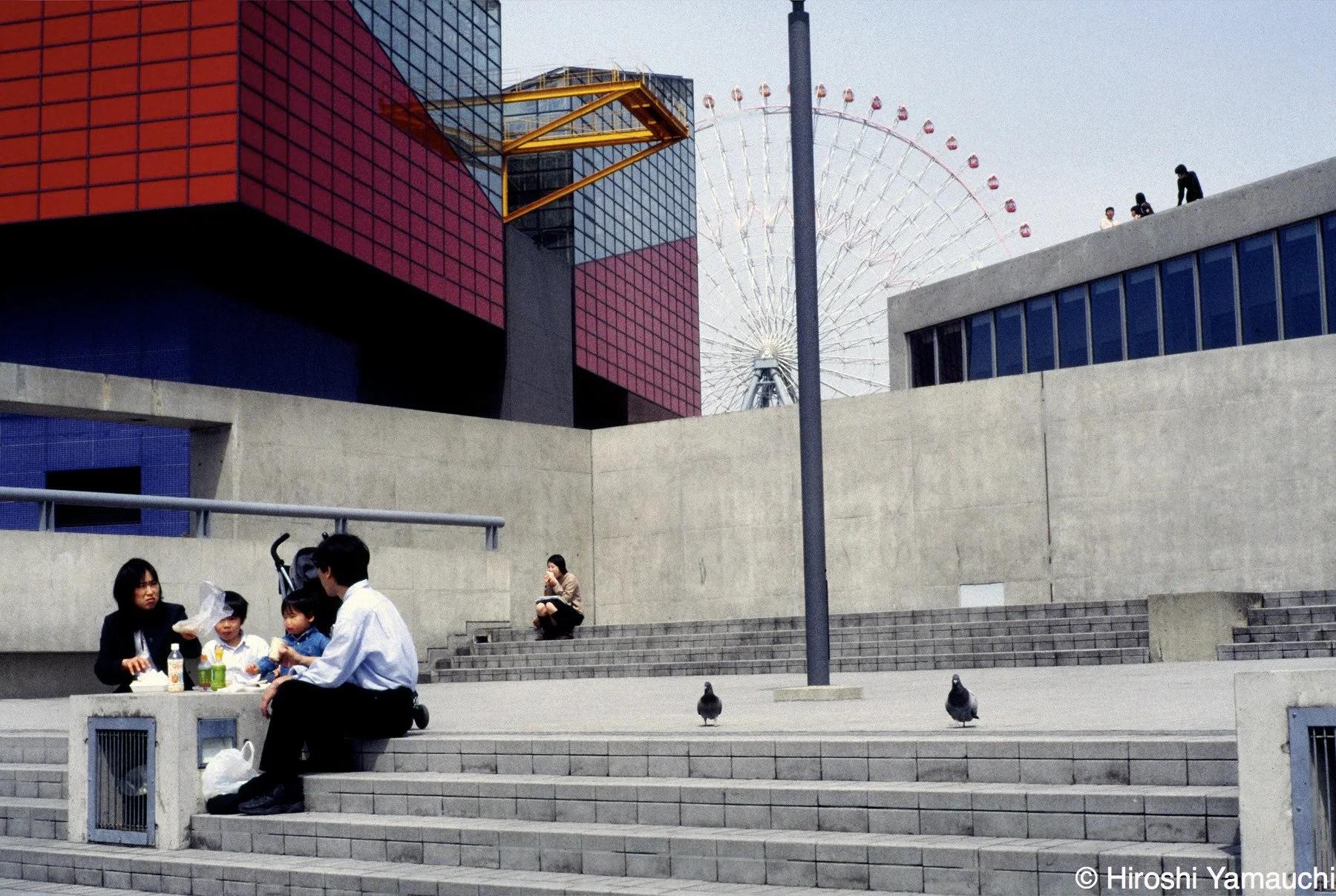




Urban Species
How people live in modern metro areas seems almost universal among, at least, Westernized nations. Elements of urban life, such as scheduled transportation, high-rise apartment complexes, glittering shopping malls, and electronic stairways that go on and under the street surface, make residents of the areas operate in routines. Man-made structures are carefully composed to incorporate natural and artificial lighting. People blend in the cityscape, theatrical yet inorganic, in figures.
About places so-called “mega-city”, it was once said there is more tolerance for individualism, one-and-only, or be-what-you-want-to-be, because they are melting pots of characters. Yet in some of Japan’s megacities, such as Osaka, the importance of knowing who you are becomes less and less important. A city once was the second biggest in Japan, but now suffers a long interval of restoration from the impact of the infamous economic bubble burst at the beginning of the 1990s. As a result, Osaka still holds the dishonor of the worst unemployment rate among megacities on Japan’s mainland as a negative legacy of the “lost decade”.
Side effects of hovering around economically are still obvious in the street scenes of Osaka. The mere shells of friendliness, individualism, or interpersonal relationships are easily spotted. It became superficial. People are too occupied to worry about their security in life; they cannot afford to look around for others, having no spare time for external occurrences.
Residents of megacities become gears to keep the system spinning. They have to evolve life around the will of their environments, not the will of themselves. One survey supports the anonymity of urban life; average residents in apartment complexes spend 5 years without knowing their neighbors’ names. This is a kind of lifestyle seen only in urban areas.
都市の生態
近代化、欧米化の進んだ国々の都市部では人々の暮らしは殆ど画一的と言っていい。都市生活の要素である公共交通機関や高層集合住宅、煌めく複合商業施設、地表を縦横軸のゼロとして縦横斜めに走るエレベーターやエスカレーター、それら都市の細胞、内臓である人工物はそこに住む人々の生活を大いなる反復のサイクルにはめている。
人工の構築物は注意深く計算された角度によって自然と人工の光に照らされている。都市の住人達はその設計図の中に組み込まれ一見すれば完璧を期したジオラマにはなり得るが、個々は形骸化されて無機的だ。
「大都市」と呼ばれる空間では、かつて個々に対しての許容が広かった。唯一の、や、なりたいモノになれる、といった動機を胸にやって来る雑多な種族を受け入れる空間として。しかし、現在の都市部においては「私が誰」で「あなたが誰」ということに拘る意味と理由が無くなりつつある。
都市部の住人達は巨大な人工物としての、カネや大量消費文化を産んだり喰ったり排泄する器官としての都市を回す為に細部にまで浸透した歯車だ。その生活は個々の意志ではなく環境によって決定されているように見える。都市の住民達はそのシルエットによってのみ存在を証明し得る。
物質的には満たされ、見せかけの華々しさに彩られた都市部の毛細な部分で蠢く無名の住人達は、都市という大きな生体の中であまりにアンバランスであり、有機的すぎる。